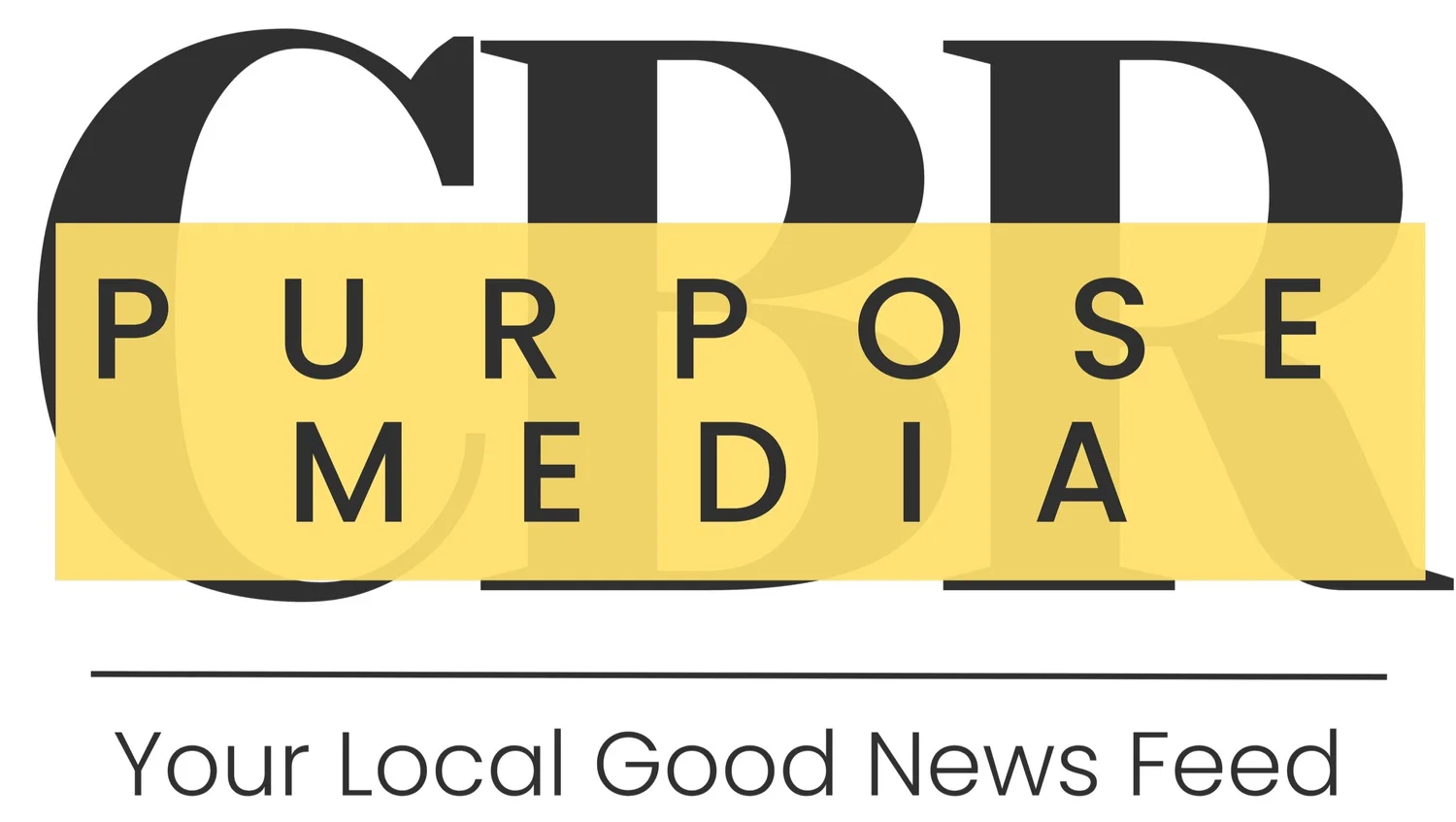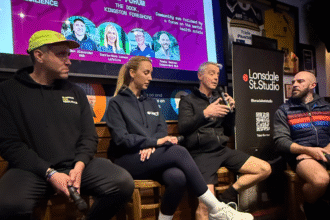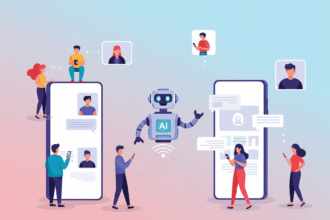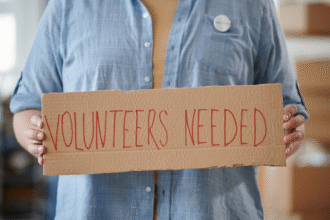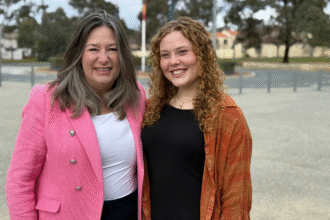I used to think period pain was normal. That the stabbing cramps, the exhaustion that left me curled in bed, and the tears that came with every cycle were just part of being a woman. I was told to “toughen up,” and even doctors sometimes brushed off my concerns.
But I didn’t know that what I was living with had a name: endometriosis.
The Hidden Disease
Endometriosis is a chronic, inflammatory gynaecological condition where tissue similar to the lining of the uterus grows outside it. No one knows exactly what causes it, but its impact is undeniable. For some, symptoms are mild or even invisible. For others, like me, it can be life-altering.
What makes it even harder is that on the outside, we often look fine. Yet inside, the pain can be relentless.
My First Clues
I was fifteen when I first noticed something wasn’t right. My periods weren’t just painful; they were debilitating. I’d miss school, curled up in the nurse’s office, clutching hot water bottles and swallowing painkillers that barely touched the edge.
Back then, I thought it was just bad luck. Lots of women in my family had painful cycles. But no one ever talked about the possibility of something more.
Looking back, the signs were all there:
- Severe painful periods that interfered with daily life.
- Heavy bleeding that left me constantly worried about leaking.
- Pelvic pain that didn’t stop when my period did.
These are some of the common symptoms of endometriosis. Yet, like so many others, I lived with them for years before anyone suggested a diagnosis.
The Long Road to Answers
One of the cruelest things about endometriosis is the delay in diagnosis. Many of us wait years, sometimes over a decade, before being believed.
When I finally saw a doctor who listened, the process began. A pelvic examination came first. It was uncomfortable and, in my case, inconclusive. That’s not unusual, a normal exam doesn’t rule out endometriosis.
Next was an ultrasound. The transvaginal scan is considered the first-line investigation. Mine came back clear. Again, that didn’t mean I didn’t have endo, superficial disease can’t always be picked up.
Eventually, my doctor referred me for a laparoscopy, a surgical procedure that remains the gold standard for diagnosis. That’s when they finally saw it: patches of tissue outside my uterus, clinging to organs they were never meant to touch.
Managing a Lifelong Condition
Hearing “you have endometriosis” was both devastating and a relief. Devastating because there’s no cure. Relief because, at last, I had an explanation.
Management looks different for everyone. For me, it began with pain relief. When that wasn’t enough, we explored hormone therapies: birth control pills, then later hormone injections. These treatments aim to reduce growth and inflammation, easing symptoms for many.
But there’s a catch: the relief often vanishes when treatment stops.
For some, surgery is the next step. I’ve had two operations to remove lesions. It helped, for a while. But endometriosis is notorious for coming back. Doctors are careful to explain that while surgery can reduce pain or improve fertility in some cases, it’s not a permanent solution.
The Fertility Question
Another hard truth about endometriosis is its link to infertility. Not everyone with the condition struggles to conceive, but many of us do. When I was ready to try for children, I found myself entering the world of fertility specialists and IVF clinics.
Some people benefit from laparoscopic removal of superficial disease, which can increase the chances of pregnancy. For others, fertility treatment is the only path forward.
This is one of the heaviest burdens endometriosis places on us, the uncertainty about whether we can build the families we dream of.
Beyond Medicine
Living with endo isn’t just about pills and surgeries. It’s about learning to manage a whole life around unpredictable pain.
Some of the most effective tools I’ve found are outside a hospital:
- Pelvic physiotherapy, which helps with muscle pain and discomfort during sex.
- Mindfulness and psychological support, which, while not erasing pain, improve my ability to cope with it.
- Acupuncture, which brought short-term relief at times when I was desperate.
- Diet, being aware of the foods I am eating and what causes inflammation in my body.
These don’t replace medical treatment, but they make life a little more livable.
Adolescence, Consent, and Control
Adolescents commonly experience severe period pain, but it should never be dismissed. Early investigation and management matter.
Another lesson I’ve learned along the way is the importance of informed consent. Every treatment carries risks and trade-offs. It’s my right to understand what’s being offered, ask questions, and take time before deciding.
For years, I felt powerless against my body. Now, I fight to hold onto control wherever I can.
The Part People Don’t See
Perhaps the hardest part of endometriosis is its invisibility. On good days, I look “normal.” On bad days, I cancel plans, call in sick, or hide under blankets, quietly battling my body.
Fatigue, back pain, bowel symptoms, even headaches, endo is more than “just bad periods”. It’s a whole-body condition, one that infiltrates work, relationships, and self-esteem.
What I wish more people knew is this: pain that interferes with your life is not normal. It deserves to be investigated. It deserves to be believed.
Why We Tell These Stories
Endometriosis affects millions of women and people with uteruses worldwide. Yet awareness remains low. Too often, we grow up thinking agony is just part of life.
But it doesn’t have to be. With better education, earlier diagnosis, and more compassionate healthcare, fewer of us would spend years in the shadows.
My story is just one. Thousands of others are out there, each unique but connected by a shared truth: living with endometriosis is hard, but it’s survivable and together, by speaking up, we make it visible.
I started this story with the words: But I didn’t know…
I didn’t know my pain wasn’t normal.
I didn’t know how long it would take to get answers.
I didn’t know how much strength it would require to keep pushing for care.
But I do know this: knowledge is power. And if sharing my lived experience helps just one other person recognise the signs and seek help sooner, then it’s worth every word.
Want to learn more visit RANZCOG.
